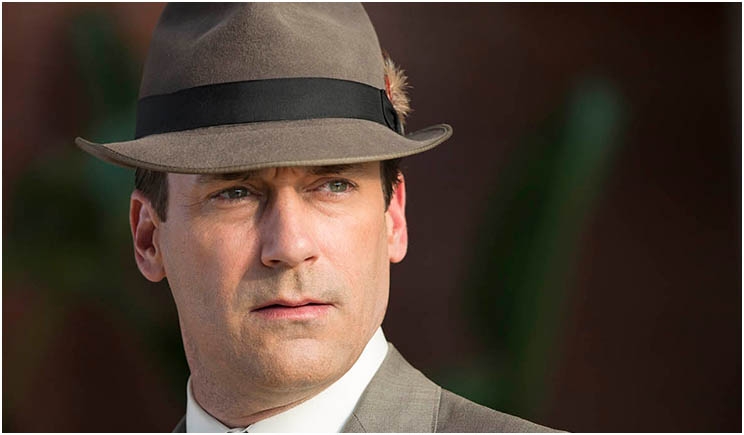
Do as I say, not as I do.
Boiled down, this is how most people view being proactive about their oral health. Research shows that taking care of your mouth and teeth are vital to your overall health. According to the Academy of General Dentistry, more than 90% of all systemic diseases produce oral signs and symptoms, and they can be caught early with regular visits to the dentist.
Still, there is a value disconnect between oral health and overall health and wellness, which is concerning given that poor oral health can be an indicator for a multitude of illnesses and health issues such as Alzheimer’s disease, cardiovascular problems, depression, premature birth, and more.
Dentistry has not been placed on the same level of importance that other health and wellness issues have, such as gut and heart health. Oral health has been consistently undervalued by consumers, who are more likely to invest their time and money in trendy wellness programs like yoga, chiropractic treatments, and cross training. People are often reticent to go to the dentist for a variety of reasons, including cost and fear of pain.
However, we know that consumers pay for what they value, regardless of the barriers—Tough Mudders, anyone? Even though everyone knows that going to the dentist is the right thing to do, their actions show that too many don’t truly value dentistry. The Health Policy Institute confirmed this in its latest report on the subject, which shows that less than half of the population visited the dentist in the last year.
The truth is that the dental community needs Don Draper—or, in his absence, a major public relations and marketing campaign to restore dentistry to its rightful place as the original preventive medicine.
The Changing Landscape of Dentistry and Patients
The four major barriers that prevent patients from seeking dental care are cost, pain, fear, and inconvenience. In the current state of dentistry, patients don’t have a holistic understanding of oral health, even with many sources of information. This fosters a sense of anxiety and fear for patients, largely due to lack of education, which not only negatively impacts their desire to seek treatment, but also their willingness to accept treatment when prescribed.
Moreover, consumers are driving change in all industries. They’re demanding immediacy, transparency, and the highest levels of service. It’s an OpenTable world with consumers booking everything on their phones from restaurant tables to Uber rides and healthcare appointments. Unfortunately, dentistry has lagged in this new age.
According to a report from Accenture, more than half of patients expect digital capabilities, like booking appointments online, and will increasingly choose medical providers who offer those services. Dentists need to go beyond the requirements to simply serve their patients and, instead, delight them.
To truly raise the profile of dentistry, patients first need to be given a great experience, and this starts with technology. Dentists have been slow to adopt the mobile web and implement how consumers want to interact with service providers in healthcare. Digital offerings like one-click booking, scheduling flexibility, and a more seamless end-to-end process can help dentists attract and retain patients who prioritize convenience over loyalty and long-term relationships.
Industry Shortcomings
Still, our own Dentistry.com research shows that while most people know they should go to the dentist, approximately half (49%) of all patients do not have a relationship with a dentist. Dentist relationships are key to driving more frequent visits and a preventive mindset, and great relationships are built on trust.
Yet for that 49% of the population, their dental experience today is primarily transactional, not relationship-based. This is partially due to dentists being slow to adapt to changes in consumer behavior. Scheduling options don’t meet the needs of today’s convenience-driven culture. And while the industry has worked hard to address the pain and fear factors, collectively it has failed to promote improvements in a meaningful way.
To change this, we need to increase the focus on patient education so they better understand the relationship between good oral health and overall health. More informed patients make better decisions. Knowing the importance of oral health, not just from a cosmetic point of view, but from an overall health one, means that though we can’t necessarily remove the literal pain points from dentistry, we can stress its overall importance to leading a healthy lifestyle. Dentistry can look to other industries and success stories to take a page on how to elevate the industry as a whole.
Got a Dentist?
Remember the classic “Got Milk?” campaign from the 1990s? Facing increasing competition from soft drinks and juices, the dairy community banded together and developed a message that became incredibly powerful. Using the top medium of the day, television, the Milk Council ultimately raised the profile of milk in the cultural zeitgeist.
The dental community needs to band together in similar fashion. Dentistry needs help to be friendlier and easier, and it needs to meet consumers where they are today—on their mobile device. To paraphrase Don Draper, hey dentistry, you want some respect? Go out and get it for yourself.
Mr. McCarthy is the operational leader of Dentistry.com and executive vice president at Futuredontics Inc. Joining in 2014 as chief product officer, he ran the SaaS product line before becoming president of Futuredontics prior its acquisition by Dentsply Sirona in 2015. His responsibilities include defining the vision and execution of strategic goals, delivering value to dentists and consumer patients alike through the creation of products that drive interactions that lead to more dentistry, and empowering the team in its mission to transform lives through dental care. He has a BA in communications from the University of Oregon.
Related Articles
People Value Other People’s Teeth More Than Their Own
DentsplySirona Launches Dentistry.com to Connect With Patients
What Dental Leaders Can Learn from College Basketball’s Top Coach











